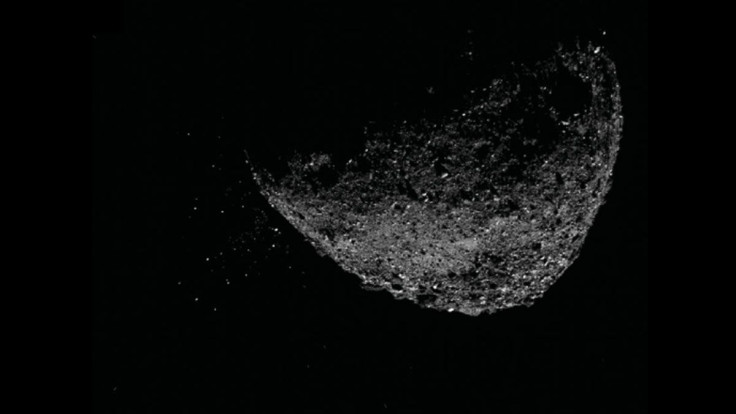1,214-Foot Potentially Hazardous Asteroid Is Zooming Close To Earth Monday
KEY POINTS
- An asteroid that measures 1,214 feet is set to pass by Earth Monday
- 2020 XU6 is classified as potentially hazardous due to its size and proximity to Earth during its upcoming flyby
- The asteroid does not pose an impact danger to Earth
An asteroid that may be the size of the Empire State Building will hurtle past Earth this week. Despite its considerable size, however, there's no reason to panic.
An asteroid called 2020 XU6 is set to fly by Earth this Monday at approximately 12:29 a.m. EST, according to the database of NASA's Center for Near-Earth Object Studies (CNEOS).
The near-Earth asteroid (NEA) has an estimated diameter of about 1,214 feet (370 meters), making it nearly as tall as the Empire State Building in New York which stands 1,250 feet (380 meters) tall, according to The Measure of Things.
2020 XU6, an Apollo asteroid, is currently traveling at an average velocity of 19,000 miles per hour (30,000 kilometers per hour), according to CNEOS. Based on its calculations, the asteroid will come within 2.5 million of Earth — which means it would be close enough and large enough to be classified as "potentially hazardous."
Potentially hazardous asteroids (PHAs) are space rocks larger than approximately 500 feet (140 meters) that can come closer to Earth than 4.65 million miles (7.5 million kilometers), per CNEOS.
Fortunately, asteroid 2020 XU6 has not been included in the European Space Agency's Risk List — which means there's no need to worry about whether a giant asteroid will collide with the planet this week.
An Apollo asteroid, like 2020 XU6, is a type of NEA that follows an Earth-crossing orbit. According to CNEOS' site, NEAs of this category have semi-major axes larger than Earth's, making close approaches more likely to happen. Other types of asteroids include Amor, Aten and Atira.
CNEOS is responsible for computing and predicting high-precision orbits of all objects around Earth's vicinity. These calculations are used to predict close approaches to Earth, along with impact risks, orbital parameters, discovery statistics and mission designs.
"In the event of a predicted impact such as for 2008 TC3, CNEOS predicts the impact time, location and geometry," explained CNEOS on its site.
"Hypothetical impact scenarios are developed for use at the Planetary Defense Conferences and similar exercises at other meetings," it continued. "In collaboration with the Aerospace Corp., CNEOS provides the NEO Deflection App, which computes how far a hypothetical asteroid would move if deflected by a known amount at an earlier time."

© Copyright IBTimes 2024. All rights reserved.





















